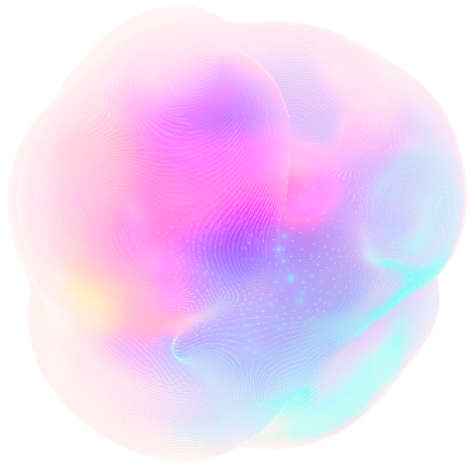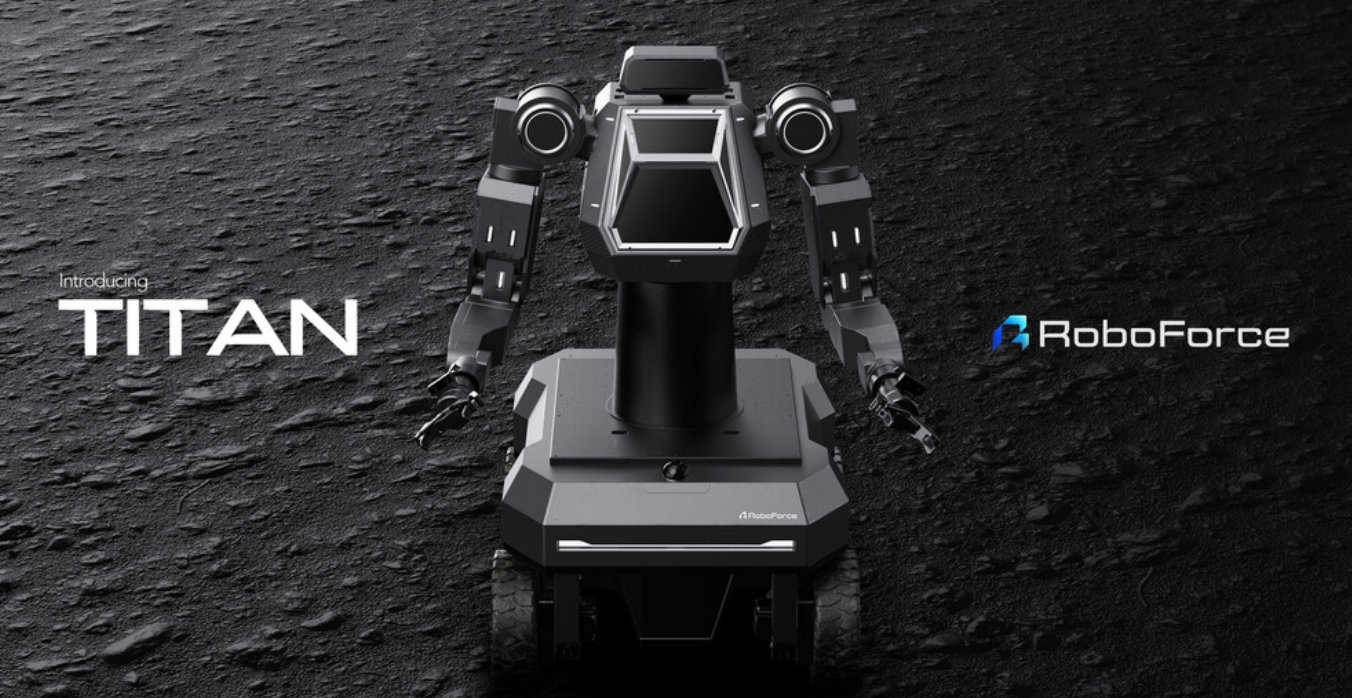Insider Brief
- MatterGen, a generative AI tool developed by Microsoft researchers, offers a novel approach to materials discovery by directly generating new chemical structures tailored to specific applications, bypassing the limitations of traditional screening methods.
- Published in Nature, the study demonstrates MatterGen’s ability to explore uncharted material spaces, outperform traditional methods in identifying stable, unique, and novel materials, and deliver experimentally validated results with real-world applications in energy, carbon capture and semiconductors.
- MatterGen leverages a diffusion-based AI model, enabling it to generate stable and chemically diverse materials, handle specific design constraints like magnetic density or mechanical strength, and explore previously uncharted regions of the material design space.
A generative AI tool called MatterGen, developed by Microsoft researchers and collaborators, represents an important new step that could transform how scientists and engineers approach materials discovery. Unlike traditional methods that rely on screening vast databases, MatterGen generates novel chemical structures tailored to specific applications, significantly expanding the scope and efficiency of materials science.
Published in Nature, this research showcases how generative AI can redefine technological progress in industries like energy storage, carbon capture, and beyond.
The Challenge of Materials Discovery
Innovating new materials has historically driven major technological breakthroughs. For example, the discovery of lithium cobalt oxide in the 1980s enabled the creation of lithium-ion batteries, which now power billions of devices worldwide. Yet finding new materials for applications such as solar cells, batteries, and carbon recycling remains a daunting task.
The primary challenge lies in the vastness of chemical possibilities. Even with computational screening—a modern method for sifting through millions of known materials—researchers are constrained by what already exists in databases. Screening methods are inherently limited to exploring a fraction of potential candidates, leaving a vast “chemical dark matter” of undiscovered materials.
In a company blog post, the Microsoft research team writes: “Finding a new material for a target application is like finding a needle in a haystack. Historically, this task has been done via expensive and time-consuming experimental trial-and-error. More recently, computational screening of large materials databases has allowed researchers to speed up this process. Nonetheless, finding the few materials with the desired properties still requires the screening of millions of candidates.”
This is where MatterGen comes in. Instead of narrowing down known possibilities, it creates new materials from scratch based on specific requirements, such as stability, strength, or electronic properties.
Introducing MatterGen: What Is It?
MatterGen is a generative AI model specifically designed for inorganic materials. It employs a type of machine learning called a diffusion model, a technique that has proven effective in image and protein design. However, adapting this approach to materials science required innovative modifications.
At its core, MatterGen takes random arrangements of atoms and iteratively refines them into stable, crystalline structures. It is trained on a dataset of over 600,000 known materials, giving it the ability to understand the chemical and geometric constraints that govern real-world materials. By leveraging this data, MatterGen can produce chemically diverse and physically realistic structures, even those that are entirely novel.
Unlike traditional methods, which are constrained by pre-existing knowledge, MatterGen opens up unexplored regions of the chemical design space, enabling researchers to discover materials that were previously unimaginable.
How Does It Work?
MatterGen’s process involves several key steps:
- Diffusion-Based Generation: The model starts with a random atomic configuration and iteratively refines it to create a stable material. This process mimics how generative AI models create images from noise.
- Property Conditioning: Researchers can specify design requirements—such as mechanical strength, magnetic density, or chemical composition—and the model adjusts its outputs to meet these targets.
- Training and Adaptation: The model is pre-trained on a large dataset of known materials and can be fine-tuned for specific tasks using smaller, labeled datasets.
These capabilities make MatterGen versatile and powerful, allowing it to tackle a wide range of design challenges. For instance, it can generate materials with high magnetic density for permanent magnets or create superhard materials with exceptional mechanical properties.

Outperforming Traditional Methods
MatterGen’s ability to explore beyond known materials gives it a significant edge over traditional screening approaches. In one benchmark test, MatterGen was tasked with generating materials with a bulk modulus—a measure of hardness—greater than 400 gigapascals (GPa). The model produced over 100 candidates that met this criterion, while traditional screening plateaued at around 40 candidates. This result underscores the tool’s capacity to explore untapped design spaces.
The model also excels in generating “S.U.N.” materials—those that are stable, unique, and novel. Stability refers to the material’s ability to remain intact under normal conditions, uniqueness ensures it isn’t a duplicate of existing materials, and novelty confirms that it has never been synthesized before. By these metrics, MatterGen significantly outperformed previous generative models, producing twice as many stable, unique, and novel materials.
Experimental Validation: Bridging Theory and Reality
The true test of any generative model lies in its ability to produce real-world results. To validate MatterGen’s predictions, researchers collaborated with the Shenzhen Institutes of Advanced Technology to synthesize a material proposed by the model. The target material, designed with a bulk modulus of 200 GPa, was successfully synthesized and found to have a measured modulus of 169 GPa. This experimental validation highlights the model’s practical applicability.
In addition to generating novel materials, MatterGen also rediscovered over 2,000 experimentally verified materials that were not included in its training dataset. This result demonstrates its ability to identify synthesizable candidates, further bridging the gap between computational predictions and laboratory realities.
Limitations And Future Work
MatterGen is a new development and the team will likely focus in on areas for future research. One challenge is symmetry bias. Models that generate less symmetrical structures, especially for complex compositions, can be a drawback for certain applications, such as designing materials with specific optical or electronic properties that depend on high symmetry.
Experimental bottlenecks may also be considered a limitation. While MatterGen can generate promising candidates quickly, verifying their properties in the lab will still remain time-consuming and resource-intensive. Scaling up experimental validation will be essential for widespread adoption.
As all AI models, this model’s performance will dependsheavily on the quality and breadth of its training data. Expanding the dataset to include more diverse materials, such as organic compounds and complex composites, will enhance its versatility.
Looking Ahead: The Future of Materials Design
The researchers behind MatterGen envision a future where generative AI plays a central role in materials science. Potential applications include:
- Expanding Material Classes: Incorporating organic and composite materials into the model’s training dataset could enable discoveries in fields like drug delivery and biomedical engineering.
- Advanced Property Design: Future iterations of MatterGen could handle non-scalar properties, such as electronic band structures, enabling applications in semiconductor design and photonics.
- Collaborative Development: By making MatterGen’s source code publicly available, the team hopes to foster collaboration with other researchers and industries, accelerating the pace of innovation.
In the blog post, Christopher Stiles, a computational materials scientist at Johns Hopkins University Applied Physics Laboratory, offered a look at how important tools like MatterGen could be: “At the Johns Hopkins University Applied Physics Laboratory (APL), we’re dedicated to the exploration of tools with the potential to advance discovery of novel, mission-enabling materials. That’s why we are interested in understanding the impact that MatterGen could have on materials discovery.”
Implications for Industry
The potential impact of MatterGen extends across multiple sectors:
- Energy Storage: Designing better battery materials could lead to more efficient and sustainable energy systems.
- Carbon Capture: Developing advanced adsorbents for CO2 could aid in addressing climate change.
- Semiconductor Design: Creating materials with tailored electronic properties could advance computing and telecommunications technologies.
By accelerating the discovery of high-performance materials, MatterGen has the potential to drive innovation in these and other industries, unlocking new possibilities for technology and sustainability, according to the researchers.
The team writes: “MatterGen represents a new paradigm of materials design enabled by generative AI technology. It explores a significantly larger space of materials than screening-based methods. It is also more efficient by guiding materials exploration with prompts. Similar to how generative AI has impacted drug discovery, it will have profound impact on how we design materials in broad domains including batteries, magnets, and fuel cells.”
This work is the result of collaborative efforts at Microsoft Research AI for Science. The full authors include: Claudio Zeni, Robert Pinsler, Daniel Zügner, Andrew Fowler, Matthew Horton, Xiang Fu, Zilong Wang, Aliaksandra Shysheya, Jonathan Crabbé, Shoko Ueda, Roberto Sordillo, Lixin Sun, Jake Smith, Bichlien Nguyen, Hannes Schulz, Sarah Lewis, Chin-Wei Huang, Ziheng Lu, Yichi Zhou, Han Yang, Hongxia Hao, Jielan Li, Chunlei Yang, Wenjie Li, Ryota Tomioka, Tian Xie.






